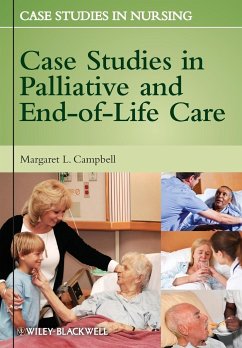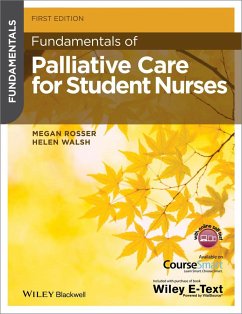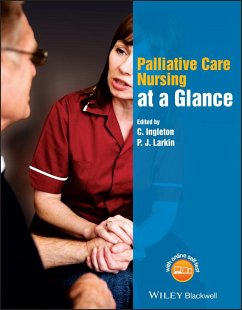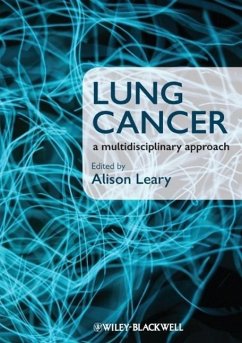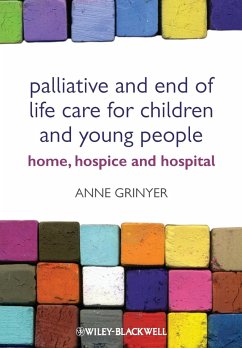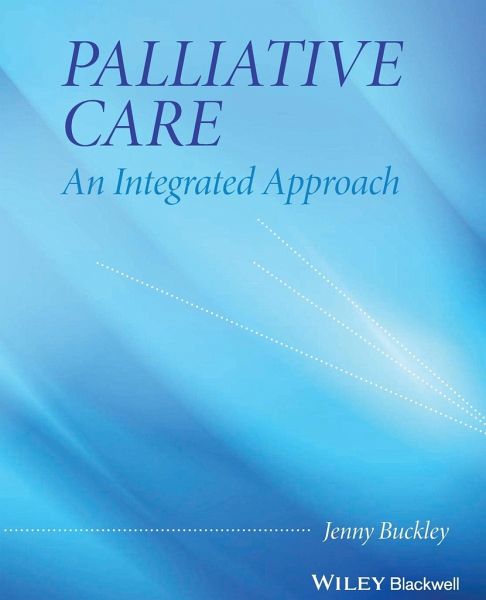
Palliative Care: An Integrated Approach

PAYBACK Punkte
36 °P sammeln!
Aspects include psychosocial, spiritual and physical needs of the patient. Care and treatment are considered in a multidisciplinary and complementary way. Patient centered coverage considers treatment and care of the dying in all settings in major diseases. A highly integrated approach to pain and symptom control, including complementary therapies.
Palliative care is within the remit of all health care professionals in any setting. An Integrated Approach to Generic Palliative Care is an accessible practical guide to the delivery of good palliative care, combining theory and practice, aimed at all members of the multidisplinary team. It explains and complements the government led End of Life Care programme which is being coordinated by Strategic health Authorities, incorporating the Gold Standards Framework, the Preferred Place of Care and the Liverpool Care Pathway.
An integrated approach is advocated throughout this book- in all sections the orthodox approach to treatments and care is discussed alongside a complementary approach. This text provides a highly practical approach to pain and symptom approach support including a pain assessment tool for the severely cognitively impaired and a detailed account on how to titrate morphine to individual patients. It also explores hope and spiritual pain showing that these two existential notions are actually part of every day practice.e
An integrated approach is advocated throughout this book- in all sections the orthodox approach to treatments and care is discussed alongside a complementary approach. This text provides a highly practical approach to pain and symptom approach support including a pain assessment tool for the severely cognitively impaired and a detailed account on how to titrate morphine to individual patients. It also explores hope and spiritual pain showing that these two existential notions are actually part of every day practice.e



